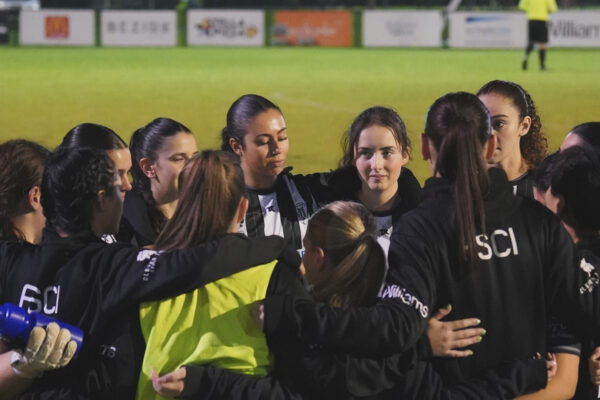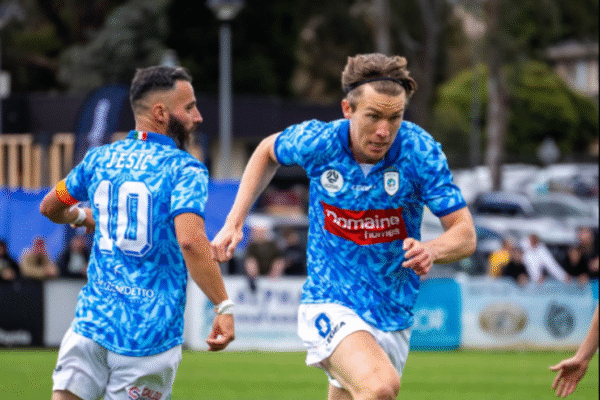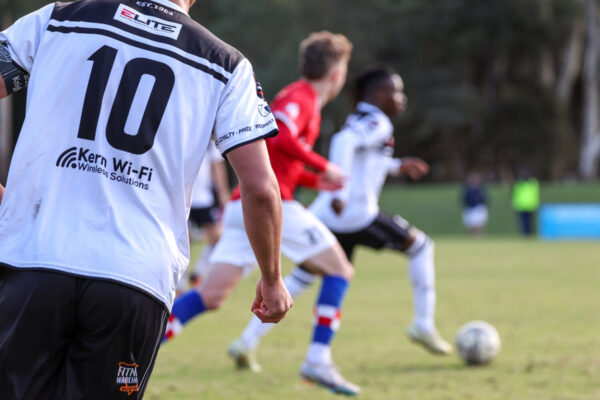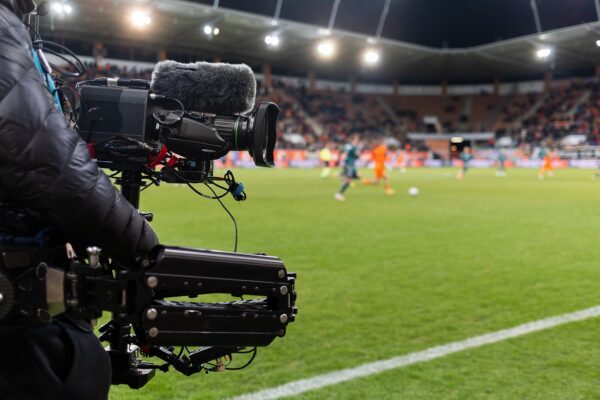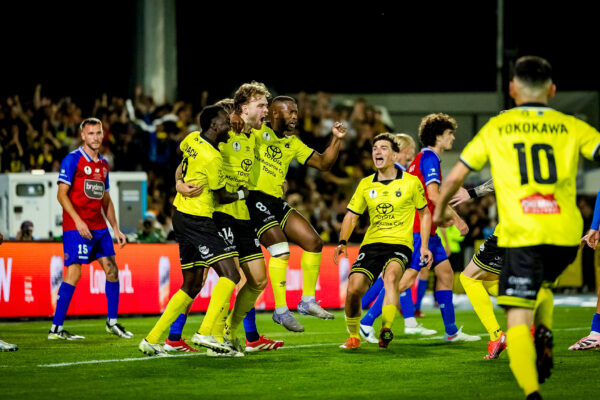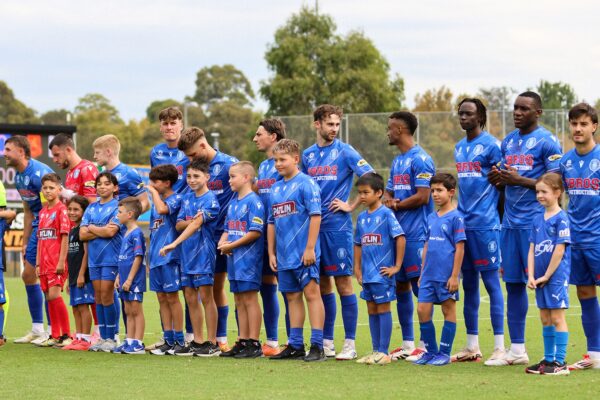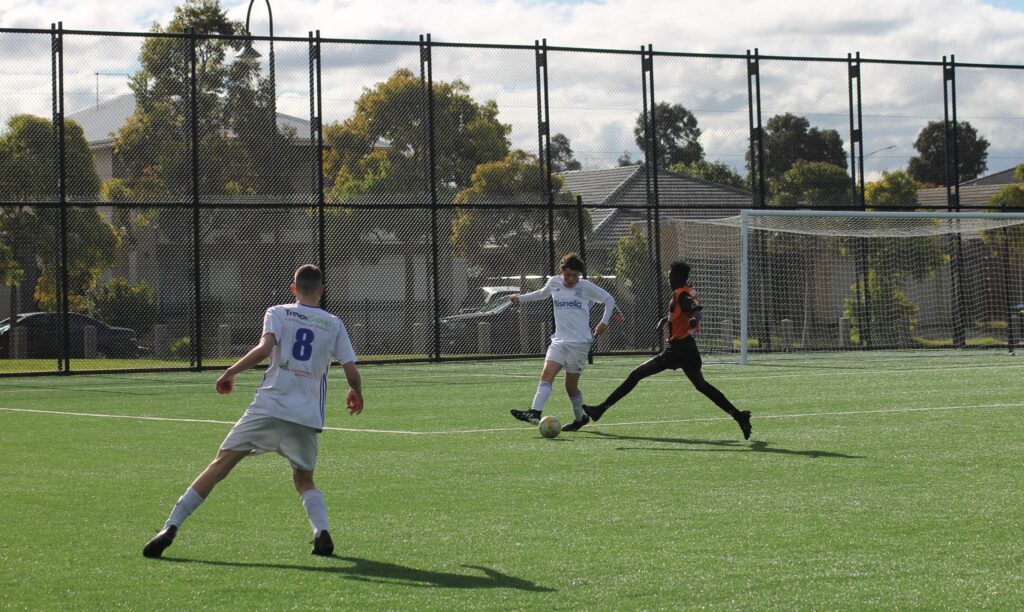
The City of Greater Geelong Council has made a significant investment towards Bell Park Sports Club, showing its commitment to assist the growth of grassroots sport in the south-west of Victoria.
At the home of Bell Park Sports Club, which is located in Batesford, the agreement involves the purchase of land by the City of Greater Geelong, providing enormous long-term opportunities.
The deal is worth around $2.5 million, which includes a contribution from approximately $820,000 from the state government and roughly $1.7 million from the City of Greater Geelong.
City of Greater Geelong Councillor, Eddy Kontelj:
“This announcement and partnership between the City of Greater Geelong Council and the Bell Park Sports Club, from my information, is unprecedented in Geelong,” he said to Soccerscene.
“The Bell Park Sports Club has a proud history and has been providing soccer facilities for the local community for more than 60 years and continues to cater to hundreds of junior and senior players.
“This agreement is financially sound and will ensure we have sporting facilities to meet the future needs of our growing Geelong population – the entire community will be the beneficiary of this investment in the world game.”
The funding will be used to upgrade facilities and add in female-friendly change rooms in an attempt to encourage more young females to get involved in sports.
A lighting upgrade will also be a special feature of the developments, valued at around $630,000 with funding coming from the Victorian Government.
“If we are serious and sincere in our endeavours to achieve true equality in sport and our society, them it is imperative that all players, regardless of gender, have the same opportunities and quality facilities in order to succeed,” Kontelj said.
“It shows a strong message when we do not compromise on facilities or investment just because of gender. To do so is not ok.”
Cr Kontelj believes that the investment will have a positive effect on the Geelong community in the coming years, and that investing in infrastructure encourages those affiliated with grassroots to get more involved in sports.
“Geelong is a sporting city, however, we can only retain that reputation by delivering and retaining facilities in key growth areas and also continuing to maintain faculties to a very good standard in well-established suburbs and areas in the Geelong region,” he said.
“It is well proven that having people, particularly our youth, participate and engage in well supported team environments and sporting/physical activities has benefits well beyond physical fitness.
“It provides an opportunity to establish lifelong friendships and comradery, it opens up the doors to mentoring and coaching, instils discipline and routine, provides pathways to athletic and sporting success and also helps with maintaining good mental health.
“However, for a community to benefit from all of this, we need to invest in the infrastructure to encourage diverse and welcoming participation. The City of Greater Geelong Council’s investment in the Bell Park Sports Club is an example of just this.
“The entire community will be the beneficiary of this investment in the world game.”



